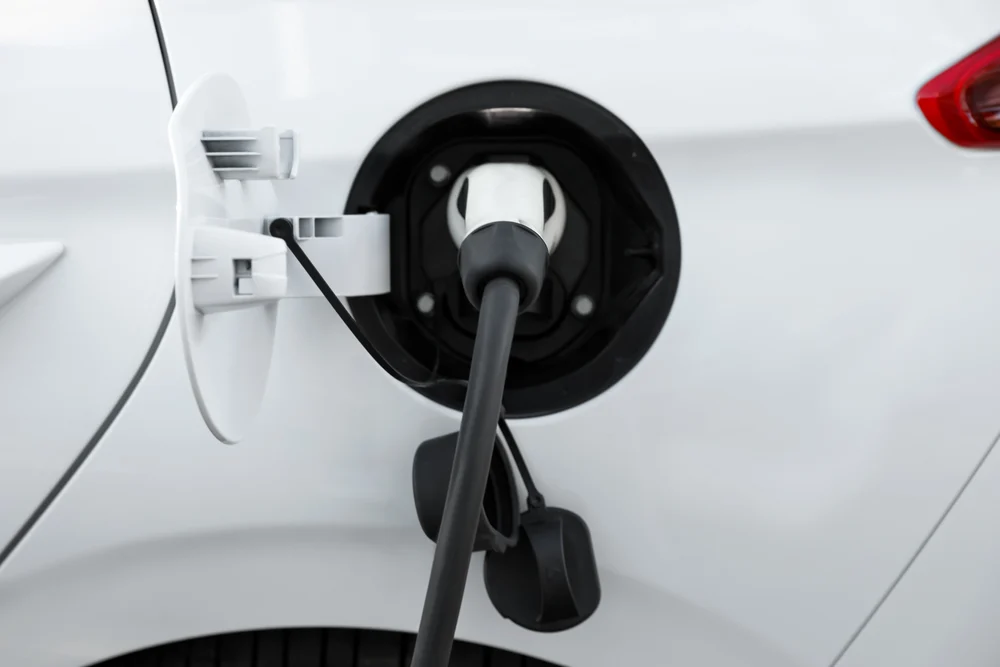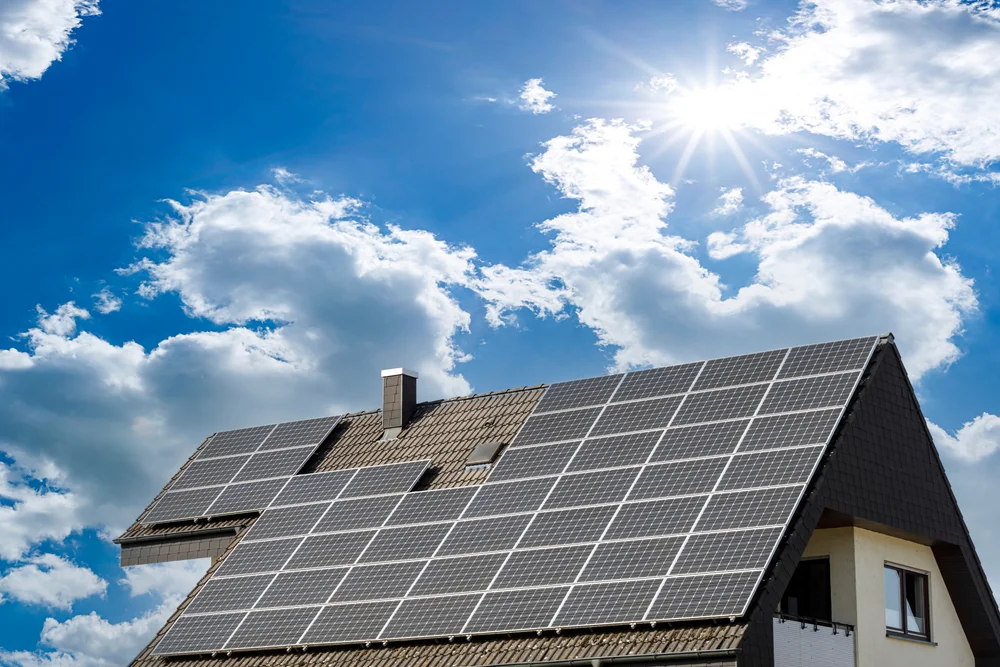As electric vehicles become more prevalent worldwide and EV sales continue to climb, drivers are increasingly seeking convenient, efficient home charging solutions. This growing demand has led to the rise of smart charging technology, which offers a range of innovative features designed to enhance the EV charging experience.
Smart charging represents a transformative leap forward in how we interact with electric vehicles. By leveraging advanced software and connectivity, smart charging systems provide users with greater control over their charging schedules and energy usage patterns. These systems allow drivers to stay informed about their charging habits while offering tools to optimize costs based on real-time pricing fluctuations.
But what exactly makes smart charging so appealing? Let’s delve into five key advantages that highlight why investing in a smart charger might be worthwhile for any EV owner.
Why Should You Consider Smart EV Charging?
Although purchasing a standard EV charger may seem straightforward enough, choosing one equipped with smart capabilities often carries a premium price tag. Naturally, you might wonder whether these additional features justify the added expense. Spoiler alert - they usually do!
Thanks to their internet connectivity, smart chargers empower users to manage their vehicle’s charging process remotely via mobile apps. Not only does this capability simplify everyday tasks like monitoring progress or adjusting settings, but it also opens up possibilities for reducing electricity bills significantly. However, there’s more to smart charging than meets the eye.

Now let’s explore the five primary benefits of embracing smart charging technology.
Top Benefits of Using Smart EV Chargers
At the heart of every smart charger lies its ability to connect seamlessly with both vehicles and external networks. This connectivity facilitates numerous enhancements aimed at improving efficiency, convenience, and financial savings. Below, we outline each benefit in detail:
1. Enhanced Control Through Connectivity
Regardless of brand or model, all smart chargers share one critical trait: they enable wireless communication between your EV and the charging station. Software integration plays a crucial role here, ensuring smooth operation across platforms. Additionally, an active internet connection permits remote management through dedicated apps.

Data Insights Into Charging Habits
One standout advantage of smart chargers involves data analytics. Through embedded algorithms, these devices track usage statistics such as frequency, duration, and peak times. Armed with this information, drivers can tailor their routines accordingly, maximizing battery health while minimizing unnecessary expenditures.
Scheduled Charging Sessions
Given that automobiles typically remain stationary for extended periods—approximately 96% of the time—planning ahead becomes essential. Instead of charging indiscriminately throughout the day, scheduling sessions during low-demand hours proves advantageous both financially and environmentally.

Moreover, constant exposure to high voltage levels accelerates wear-and-tear on lithium-ion cells, shortening overall lifespan. To counteract this issue, setting limits on charge levels helps preserve longevity while adhering to budgetary constraints.
Automatic Updates
Another perk associated with smart chargers revolves around firmware updates. Since these units maintain persistent online connections, manufacturers can push patches directly to installed devices. Consequently, users benefit from enhanced functionality alongside robust cybersecurity measures.
Remote Diagnostics
When technical glitches arise, having access to instant feedback proves invaluable. Leveraging cloud-based diagnostics allows technicians to identify problems swiftly, streamlining repair processes regardless of geographic barriers.

In certain scenarios, remote fixes suffice entirely, eliminating the need for physical interventions altogether. Such flexibility saves both time and resources, making it ideal for dispersed service teams.
2. Dynamic Load Balancing
Integrating multiple appliances simultaneously poses challenges due to fluctuating demands placed upon household circuits. Fortunately, dynamic load balancing addresses this concern effectively.
This adaptive mechanism monitors ongoing activities within the system, redistributing wattage dynamically according to current requirements. For instance, if several heavy-duty gadgets operate concurrently alongside an EV, the algorithm adjusts output levels accordingly, preventing tripped breakers.
In addition, prioritization rules apply when dealing with multiple vehicles simultaneously. Drivers can assign preferences among fleets, ensuring timely completion of critical missions without compromising safety standards.

3. Exploiting Battery Potential
Currently, EV batteries serve solely as storage mediums for propulsion purposes. Nevertheless, future iterations could double as power sources for domestic grids via bidirectional transfers. Known as vehicle-to-grid (V2G) technology, this approach facilitates seamless exchanges between cars and electrical networks.
An offshoot of V2G, vehicle-to-home (V2H), extends similar principles indoors. Here, surplus energy retained within automotive cells powers residential equipment temporarily, alleviating reliance on external suppliers. Ultimately, integrating V2H reduces dependency on commercial supplies during peak hours, promoting sustainability and cost efficiency alike.
4. Promoting Renewable Integration
Many eco-conscious motorists harness renewable resources like solar panels or wind turbines to augment conventional grids. However, integrating such sources into daily routines remains complicated unless guided appropriately.

Luckily, smart charging simplifies this process considerably. By aligning charging cycles with periods of maximum sunlight availability, drivers ensure their vehicles draw clean energy exclusively. Besides lowering carbon footprints, adopting such practices lowers operational expenses too.
5. Cost Efficiency Through Innovation
Despite initial investments required for acquiring smart chargers, long-term returns far outweigh upfront costs. Features like detailed reporting and automated scheduling contribute significantly toward achieving economies of scale.
Peak Hour Avoidance
Strategic timing plays a vital role in minimizing expenses. By coordinating charges during off-peak intervals, customers capitalize on reduced rates offered by utilities. Depending on regional policies, these discounts apply mostly overnight or weekends, providing ample opportunities for substantial savings.

Infrastructure Preservation
Furthermore, dynamic load balancing negates the necessity for extensive renovations before installation. Instead of replacing outdated wiring setups or enlarging fuse boxes, users retain existing configurations indefinitely. This approach eliminates additional labor fees and minimizes environmental impact associated with manufacturing new components.
Energy Storage Solutions
Lastly, upcoming advancements surrounding V2G/V2H hold immense potential for slashing utility bills further. Once fully realized, these innovations permit households to leverage stored reserves flexibly, responding dynamically to varying conditions.

As efficiency and usability emerge as central concerns among property owners, smart charging emerges as a practical solution for streamlining EV management while maintaining tight controls over resource allocation. If you're eager to dive deeper into specific aspects of smart charging, feel free to browse our comprehensive guides covering everything from basic concepts to advanced applications.
china Sporting Goods Carbon Fiber supplier
Surfboard Materials,Carbon Fiber Surfboard,Carbon Fiber Surfboard , Powered Surfboard
Inamori Technology (Wuxi) Co., Ltd. , https://www.carbonfibrefactory.com